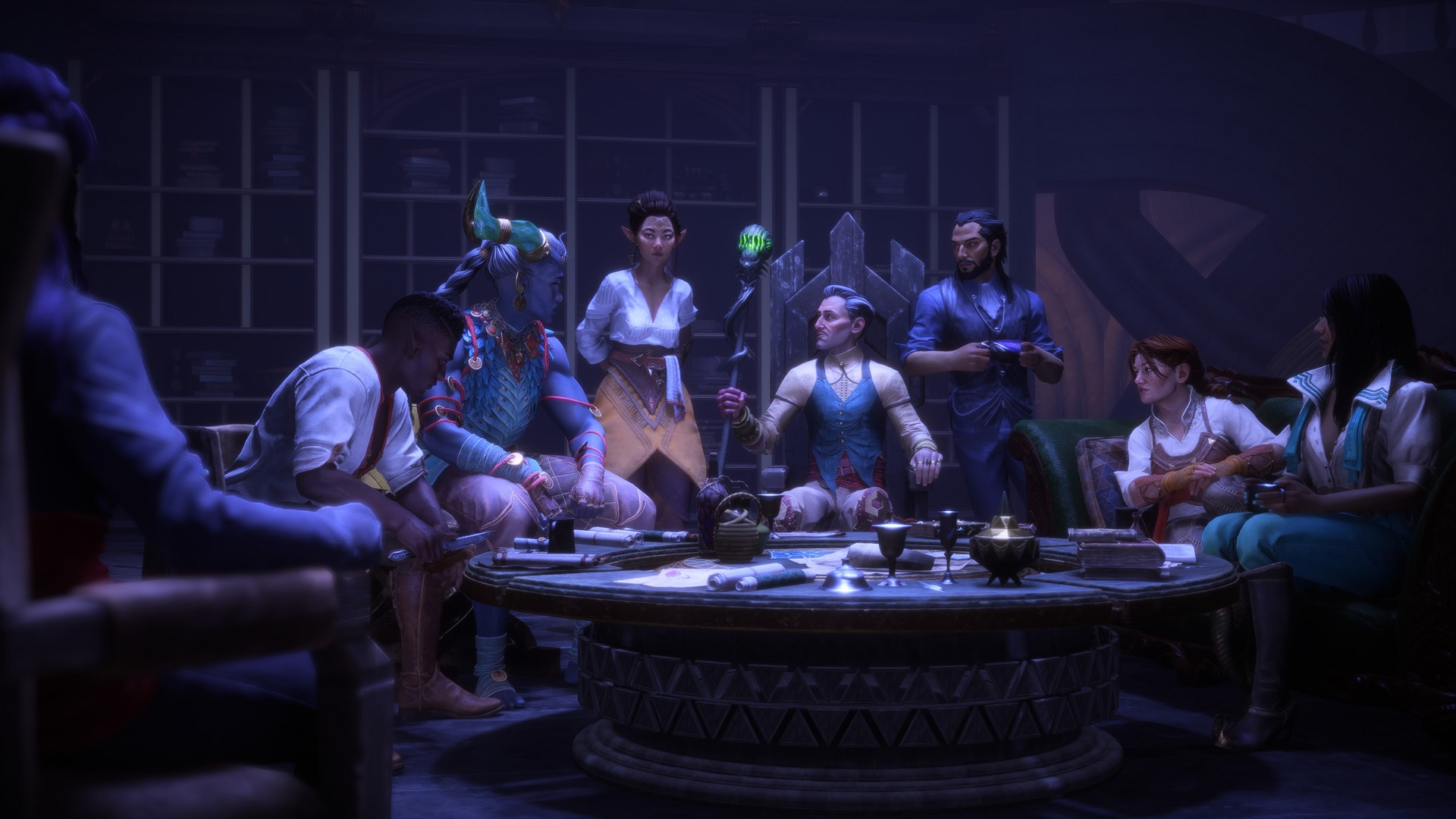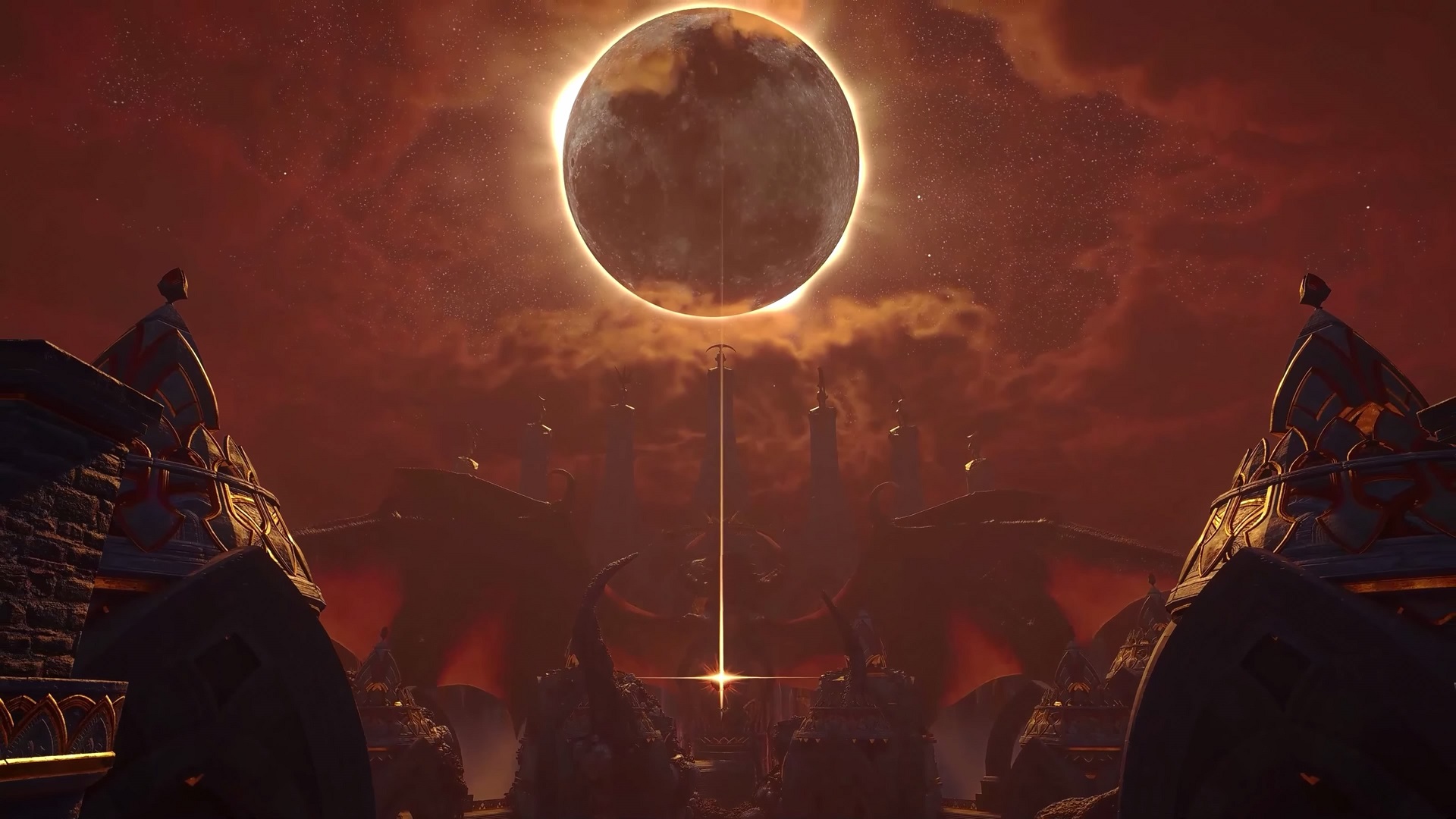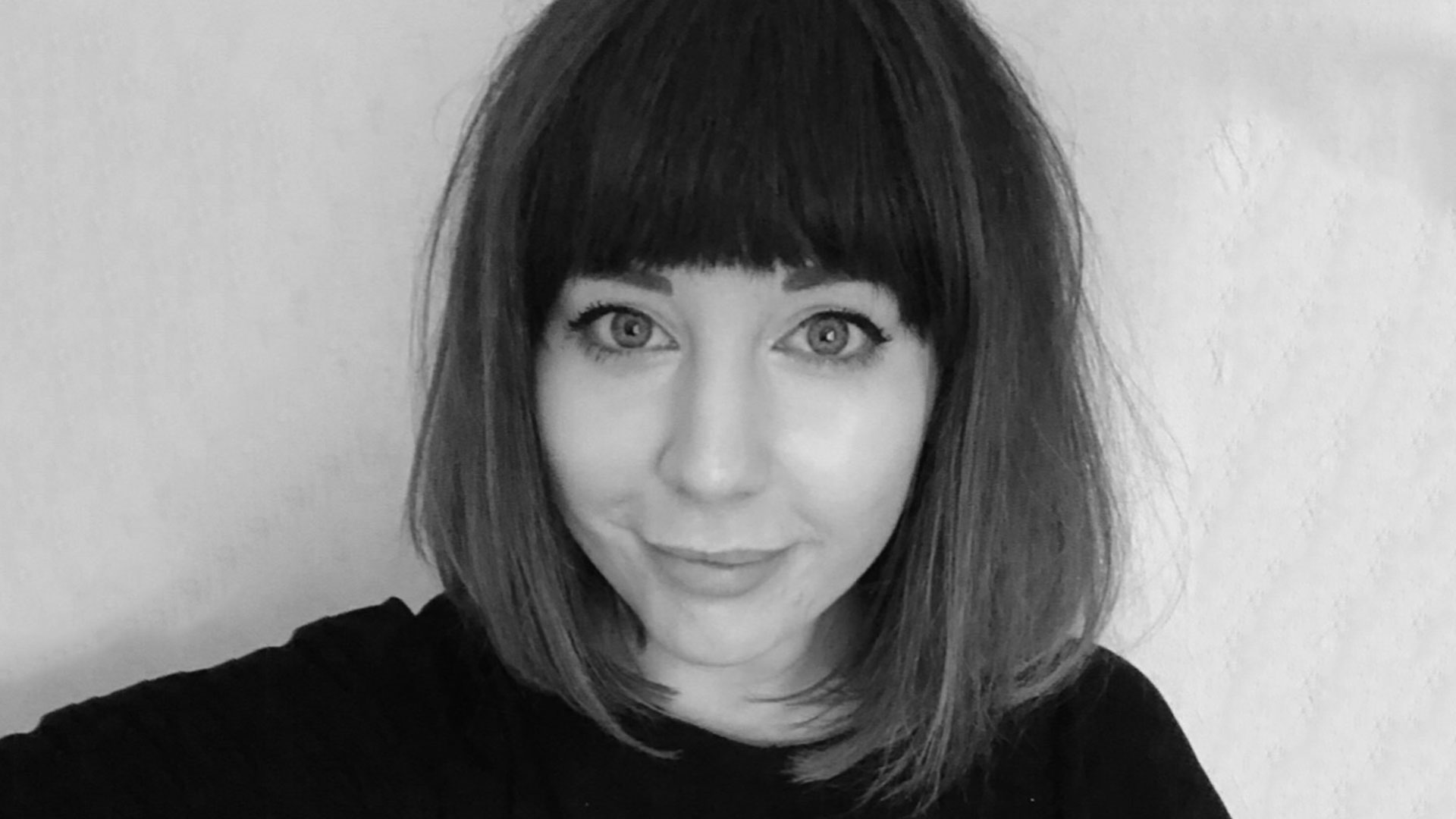Dragon Age: The Veilguard creative director on Mass Effect 2 comparisons and how the RPG draws from BioWare's past successes: "don't reinvent the wheel if you don't have to"
Interview | Exploring Dragon Age: The Veilguard's inspirations with creative director, John Epler

After Dragon Age: The Veilguard's release, many compared both its structure and ending to Mass Effect 2. I myself saw a lot of parallels, with the latest adventure in Thedas including companion loyalty-like missions, questlines in more linear open zone locations, and a final story arc that's reminiscent of the famous suicide mission aboard The Normandy.
As it turns out, The Veilguard did partly draw inspiration from the Mass Effect series. Speaking on the comparisons, creative director John Epler tells me the team looked at BioWare's past successes – including Mass Effect 2 – when it came to The Veilguard's approach to storytelling, as well as choice and consequence.
"I've been at Bioware for 17 years, so I worked on Mass Effect 2. Trick Weekes [Veilguard lead writer and narrative designer] worked on Mass Effect 2, there's a bunch of people who've been on a bunch of different games at Bioware" says Epler, who points to that tenure including Mass Effect 2's ending. "One of the things that we really wanted to make sure was that there was a sense of consequence [in The Veilguard] - not just to the choice you make, but to the content you engage with, the content you don't engage with."
Warning: some story spoilers ahead.
Past and present

Another struggle was making sure the actions you can take and the companion quests succeed at feeling meaningful, without your decisions "arbitrarily gating you off". As an example, Epler says that some original parameters started to "feel really artificial" – like completing three follower missions before something would unlock. The solution – having all of your choices wrapped up in the final questline, and making sure they all mattered in the end game – was an approach the team decided on to "give that balance of player choice". As a result, whether or not you chose to do something with your companions, there are still consequences to those actions.
Not unlike the way you complete loyalty missions in Mass Effect 2 as Shepard, investing time and effort to help and get to know your companions as Rook will help them become a Hero of the Veilguard. Additionally, a major choice at the close of each personal questline influences a character's outlook and legendary armor set. This in turn feeds into the final quest of the game, with heroes having a higher chance at surviving as you face an ancient elven god.
Speaking on BioWare's previous two releases, Mass Effect Andromeda and Anthem, Epler says the team wanted to ensure The Veilguard "landed in a way that was satisfying and told a good cohesive story". To do that, the team wanted to play to the studios strengths by looking at what worked in past BioWare RPGs.
Sign up to the GamesRadar+ Newsletter
Weekly digests, tales from the communities you love, and more
"Set piece moments"

"The Citadel walk in Mass Effect 1 is still, in my mind, one of the best final sequences in a game I've ever played."
John Epler, creative director
Epler - who says he's a "firm believer in 'don't reinvent the wheel if you don't have to' - points to the Yakuza series as an example of a set of games that have found critical acclaim and success through this philosophy by taking place in a lot of the same places with different characters.
"Obviously, that's not what we do," Epler continues. "But a lot of the things that we pulled into The Veilguard, like the ending, the general structure, and also – honestly, I think something that I really wanted to do for this one, that Mass Effect has always done so well – is I love big set piece moments in the story."
Dragon Age: The Veilguard certainly puts on a show, with some very memorable "set piece moments" during main story quests. Each one really brings to life the impossible task you've undertaken in fighting Elgar'non and Ghilan'nain, powerful ancient elven gods and storied figures embedded in Dragon Age lore. From Ghilan'nain's presence looming above in the clouds during the attack on Weisshaupt, to Elgar'nan using his powers to cause a literal eclipse, Epler highlights Veilgaurd's sense of spectacle and how it was greatly influenced by Dragon Age's rich lore.
"I love getting [in] the Siege of Weisshaupt, having the face in the clouds. Elgar'nan bringing the moon and sun into an eclipse is still probably my favorite scene in the game," Epler says. "And a lot of that came down to us asking the [same] question each time: 'what is the coolest thing that we can do here, and does it make sense in the lore?' One of the stories of Elgar'non you hear in previous games is Elgar'non controls the sun and the moon. And it's like, 'oh, that's just a story' – actually, it's not. Elgar'non can actually do that. It's finding that reverence for lore that I think has always been core to Dragon Age, but also bringing that sense of spectacle and excitement."
As a longtime BioWare fan, I can see how those big sequences that capture that sense of "spectacle and excitement" in Veilguard's questlines also drew inspiration from Mass Effect. For me, they immediately bring to mind the suicide mission in Mass Effect 2 through the Omega Relay, or the opening moments of Mass Effect 3. But as Epler recalls, there was one particular scene in the first Mass Effect that's always stayed on with him.
"Part of the Mass Effect series' success in storytelling is they're not afraid to have those big set piece moments," Epler says. "And I mean, the Citadel walk in Mass Effect 1 is still, in my mind, one of the best final sequences in a game I've ever played."

I started out writing for the games section of a student-run website as an undergrad, and continued to write about games in my free time during retail and temp jobs for a number of years. Eventually, I earned an MA in magazine journalism at Cardiff University, and soon after got my first official role in the industry as a content editor for Stuff magazine. After writing about all things tech and games-related, I then did a brief stint as a freelancer before I landed my role as a staff writer here at GamesRadar+. Now I get to write features, previews, and reviews, and when I'm not doing that, you can usually find me lost in any one of the Dragon Age or Mass Effect games, tucking into another delightful indie, or drinking far too much tea for my own good.



